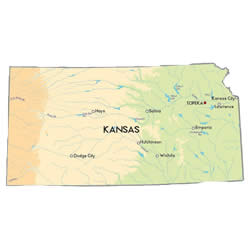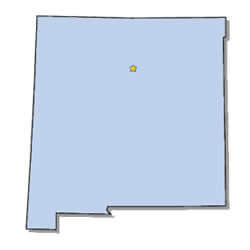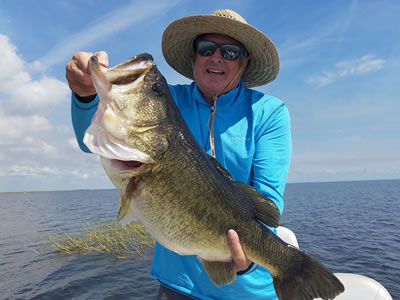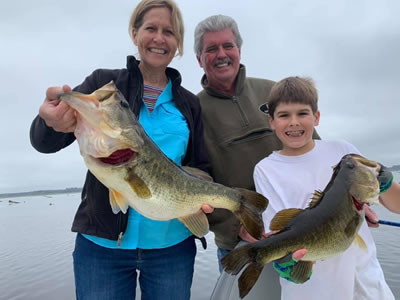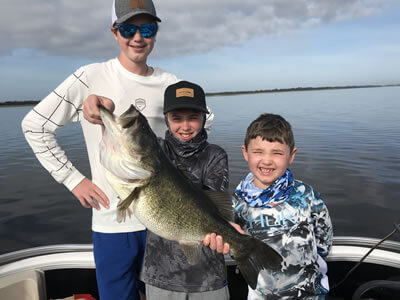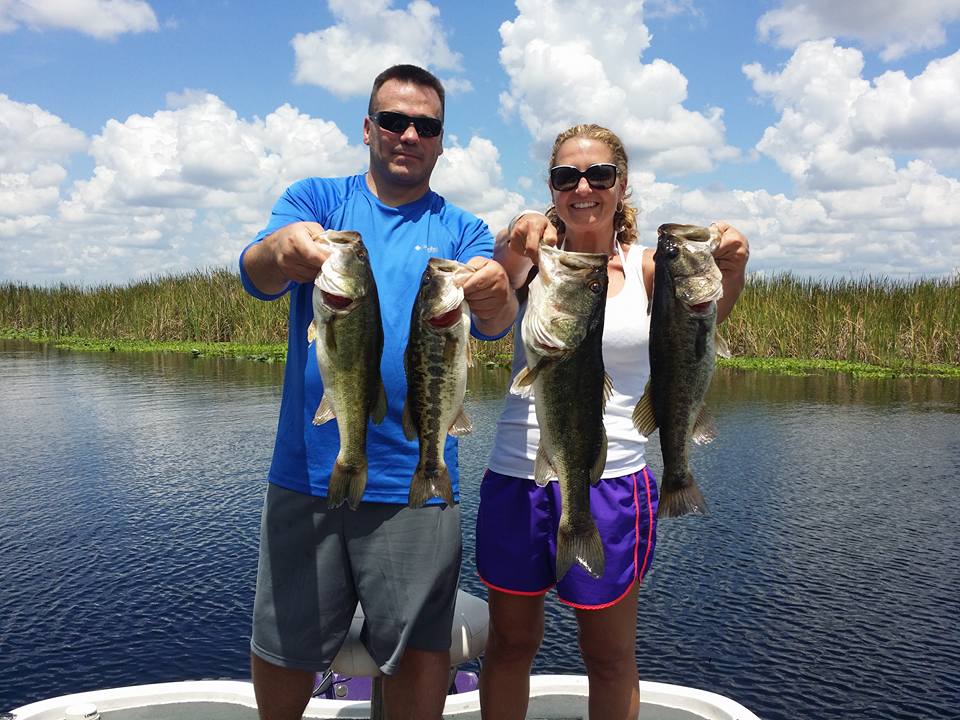Longnose Gar
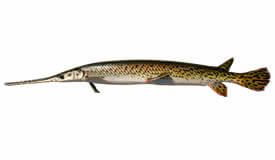
Lepisosteus osseus
ALSO CALLED: Billy gar, billfish, or needle-nose gar
Longnose Gar lepisosteus Osseus
Longnose Gar, scientific name Lepisosteus osseus, is a freshwater fish and a living remnant of the prehistoric era. It is the most abundantly distributed of all species of gars.
The longnose gar is also called the Billy gar, billfish, or needle-nose gar. It is a ray-fin member of the gar family, which has been around for more than 100 million years.
They live in warm lowland rivers and lakes, often in sluggish water with prominent vegetation. Gars use their swim bladder as a lung to breathe air in areas with low water quality. They are usually found in freshwater areas but can live near coastal regions in brackish water. This fish can also survive out of the water for many hours as long as their body stays moist.
Appearance
Gars are bony fish with long, narrow jaws full of sharp teeth. They have olive-brown to green cylindrical bodies, bony scales, and a swim bladder to breathe air and water.
They can be distinguished from gator gars because they have a single row of villiform, sharp teeth in their upper jaw. Also, the alligator gar is much more comprehensive and has a broad and short snout.
They are a highly developed species but did retain some primitive features, such as the spiral valve intestine.
They grow to about 5 to 6 feet in length and weigh up to 50 pounds.
Habitat
Fossils of longnose gar have been found in Asia, Africa, Europe, South America, and North America. However, they are now primarily located in North America, east of the Mississippi River. They spread out from Canada to Florida. Longnose gar likes sluggish areas of lakes, rivers, estuaries, and reservoirs but may live in brackish water. Anglers can find this fish in the quiet rocky, and weedy areas of the rivers and freshwater lakes as far west as Kansas.
Eating Habits
Since gars can’t open their mouths wide, they mainly eat smaller fish like little catfish, sunfish, or shad. They are mostly surface feeders who feed during the day as well as at night. However, they tend to be more active at night. It hunts for its prey by lying motionless in the water until a fish passes by, then using its long jaws to snap onto prey and swallow it headfirst.
Spawning
Spawning can occur starting in April. One or multiple males may accompany a single significant female. Nests are not made; instead, the gravel is swept during spawning. Females deposit their eggs in several locations; then the adhesive eggs mix in the grave and hatch in six to eight days.
The Yolk sac fry has an adhesive disc on the top of their snouts to attach themselves to submerged vegetation until the yolk sac gets absorbed. The fry feeds mostly on insect larvae and small crustaceans. Longnose gar eggs and larvae can be in smallmouth bass nests, where the male bass guards the nest protecting both the young bass and the young gar. Longnose gar has a lifespan of about 20 years.
Edibility
This species is an edible fish; its flesh isn’t as flaky as other fish and doesn’t have a fishy flavor. The texture is like that of chicken, and the taste is similar to a gator.
Record
The world record measured 60 inches in length and weighed 48 pounds one ounce.
Longnose Gar Fishing
This fish species is highly powerful and jumps like a tail-hooked tarpon when you hook it.
Sport fishers primarily target longnose gars when looking for a thrilling and challenging catch. Sight-fishing is often the best way to catch one. Look for fins sticking out of the shallow water, then cast past the tail of the fish. No matter how you catch it, remember it has very sharp teeth.
Locating
The summer months are ideal for longnose gar fishing. They are more active and easier to find around dawn and dusk.
These freshwater fishes are found primarily in the sluggish river delta. Flowing water hotspots are dam and lock tailwaters, sandbar channel abuttals, outside stream bends, and the mouth of inflowing tributaries. When it comes to the lakes, fish can reach the woody edges and weedy cover.
Gear
You have to use heavy tackle for giant longnose gar that weigh 20 pounds or more. Your best bet is a 30-80 pound test line, a sturdy reel, and a stout rod. However, for smaller gar, a durable rod and reel along with a 20-pound test line might be good enough. Experienced anglers use many feet of steel as insurance against the violent thrashing and sharp teeth.
Techniques
Fishing topwater plugs are the best way to enjoy gar fishing, but it requires patience. When you spot a longnose gar close to the surface, get the baitfish-imitation plug in front of it. Make sure that the lure is motionless other than minor twitches. If it is feeding actively, the fish will propel itself towards the bait with a flick of its fin. There isn’t going to be a headlong dash for the plug; instead, the gar will move slowly, thinking that it is disguised as a log or stick.
Avoid moving the lure as you see the fish swimming towards it. When the bait stays still, the gar will move forward until your lure is close to its head. The gar remains as long as the lure is motionless, but with the slightest wiggle, the gar will give a jerk and grab the prey. The angler then has to set the hook with a hard upward thrust of the rod to drive one of the trebles into the bony snout.

